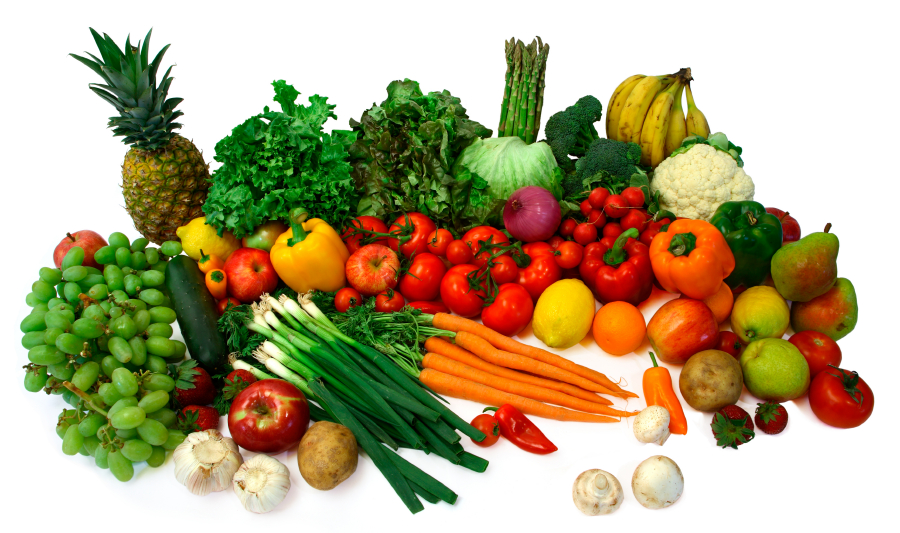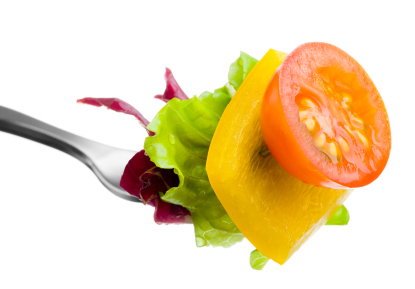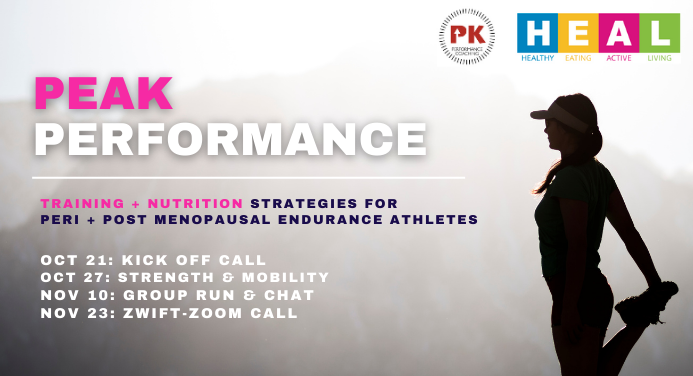Protected: Hockey
October 28, 2015
Eat A Rainbow!
November 4, 2015As we enter the fall, most athletes enter an active recovery phase of training, known as the “off-season.” This phase of your annual training plan is essential for resting, repairing and re-grouping physically and mentally after a long training and racing season.
With the decrease of training volume and intensity also comes a decrease in caloric needs. However, as training decreases after the last race, many athletes continue to eat as they were when training hard and long hours. It can take a while for your body to adjust to the new “normal” especially after we’ve become accustomed to eating everything and anything all the time. This practice however will result in fast fat-gain as you over-consume unnecessary calories. Athletes off-season nutrition plans also require attention to quality and quantity of food.
5 Tips to Avoid Making Your First Goal Next Season: Weight-Loss:
- Ditch the energy bars, and sports drinks as meal replacements. These high sugar, often high fat snacks are not needed in your off-season diet and those extra 200-300 calories of sugar isn’t going to be burnt off. Not to mention most are no more than over-priced glorified chocolate bars. Nutritionist Tip: Reach for actual food for snacks between meals- such as a handful of raw almonds (approx 20 pieces) and a cup of raw vegetables to keep you full and your blood sugar balanced.
- Get Cooking. With the increased time on your hands put them to work and get back in the kitchen preparing your own healthy non-packaged, non-processed foods. Practicing in the off-season will help build a good habit that you can hopefully continue when your training picks up. Nutritionist Tip: Healthy food doesn’t have to be bland or boring. Experiment with herbs and spices to create your own culinary masterpiece. Alternatively visit http://www.moosewoodrestaurant.com/recipes.html for a handful of vegetarian recipes that even meat lovers will appreciate (or can adapt).
- Stay hydrated. Even though you’re not spending hours hitting the pavement or riding the roads, you still need to maintain proper hydration for optimal health. Water is critical for transport of nutrients, elimination of wastes, joint lubrication, and a healthy immune system. Nutritionist Tip: Aim to drink the amount of water equal to half your body weight (lbs) in ounces of water and herbal teas, taking in about half -to-3/4 cups of water per hour while awake. Monitor the colour of your urine as a marker of good hydration. Look for a clear champagne colour.
- Eat breakfast. Just because you’re not training as much doesn’t mean you can skimp on breakfast. You still need to fuel your body for a days work and life activities. Nutritionist Tip: Start your day off right with a meal rich in protein and complex carbohydrates. Add nuts or seeds to your whole grain cereal or an egg to accompany oatmeal to increase nutrient density and keep you energized longer.
- Increase variety. As athletes we crave structure and organization, almost to a fault. Often the only thing that changes in our training diet is the flavour of our sports bars. Even if you’re eating a healthy meal, if you’re eating the same foods day in and day out you’re likely missing out on some key micronutrients by avoiding certain foods. Increasing the variety of the foods your eating will improve your health and decrease your boredom that comes with eating the same food. Nutritionist tip: Rotate your diet to include different types of whole grains, lean meats, vegetables and fruits. Swap quinoa in for brown rice; fish for chicken breast; kale in for spinach; and follow what’s in season with fruits.



